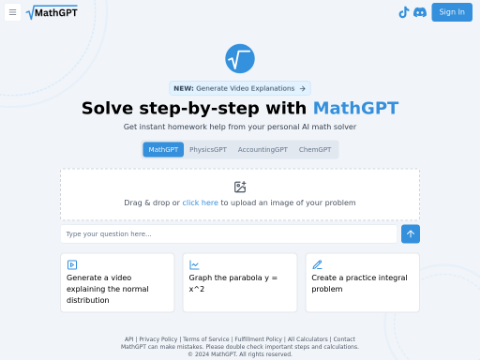The Beijing Humanoid Robot Innovation Center has officially launched a full-size humanoid robot called "Tiangong". It is powered by electricity and can move freely. Tiangong is designed as a versatile humanoid robot platform, standing at 1.63 meters tall and weighing 43 kilograms. It can run steadily at a speed of 6 kilometers per hour, demonstrating excellent mobility.
This robot is equipped with state-of-the-art sensor systems, including multiple visual perception sensors, a high-precision inertial measurement unit capable of processing 5.5 million trillion calculations per second, a 3D vision sensor, and high-precision six-axis force sensors for precise force feedback. These sensors enable Tiangong to have outstanding environmental perception and motion execution capabilities.
At the launch event in Beijing, Tiangong made its appearance in front of the audience by jogging, demonstrating its excellent navigation capabilities on slopes and stairs. The demonstration video also showed the robot walking, running, adjusting its gait, and climbing stairs in "blind mode", which was impressive.
Although the Beijing Innovation Center promotes Tiangong as the "first" fully electric humanoid robot in the world, the newly released electric Atlas robot by Boston Dynamics last week took the lead. Compared to the previous hydraulic version, the new Atlas has a wider range of motion, greater strength, and higher agility, leaving a deep impression.
Tiangong is designed to be compatible with open-source software, and the Innovation Center actively encourages other companies and research institutions to develop applications in home services, industrial manufacturing, and other industries based on market and user needs. This openness and flexibility are expected to drive the widespread application of humanoid robots in the commercial field.
According to the Beijing Humanoid Robot Innovation Center, the development of Tiangong also involves a new motion skill learning method called "state memory-based predictive reinforcement imitation learning". This method solves the problems faced by reinforcement learning and model predictive control methods, achieving more stable, more human-like, and more versatile performance, opening up new paths for the development of humanoid robots.
Tiangong's launch coincided with multiple breakthroughs in artificial intelligence technology at the 2024 Zhongguancun Forum. As a national-level event, the forum showcased China's rapid development in cutting-edge innovation and technology. As one of the participants, Tiangong demonstrates China's strong capabilities in the field of robotics.
As the hub of Beijing's robotics industry, the Economic and Technological Development Zone has gathered 110 robotic ecosystem enterprises, forming a comprehensive industrial chain system integrating core components, complete machines, and applications. This provides strong support for the research and industrialization of robots such as Tiangong.
Tiangong and Atlas being released one after another in a short period of time highlight the fast pace of innovation in the field of humanoid robots. These two robots have their own characteristics, demonstrating the diverse functions and applications that electric humanoid robots can achieve.
As the Tiangong platform opens up to a wide range of industrial applications, it also adds a new voice to the global dialogue on the future of robots. Adaptability and human-like functionality have become increasingly important topics. These developments not only reflect the continuous expansion of the boundaries of robot technology but also represent a deep exploration of the practicality and scalability of humanoid robot applications.








